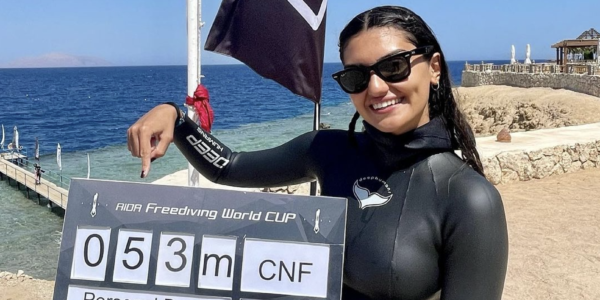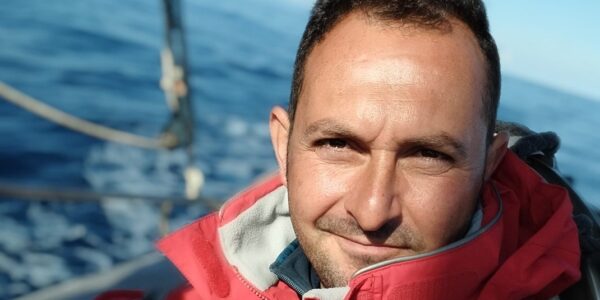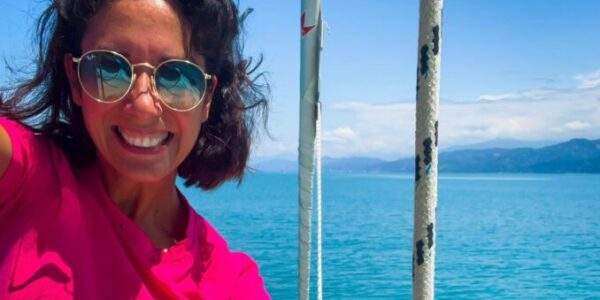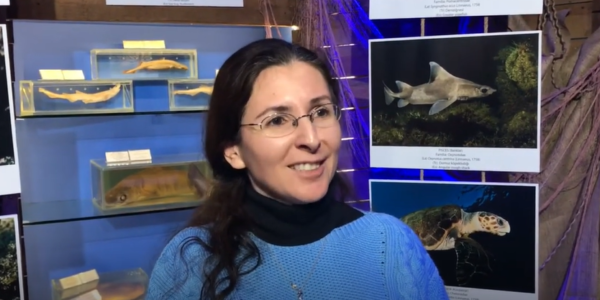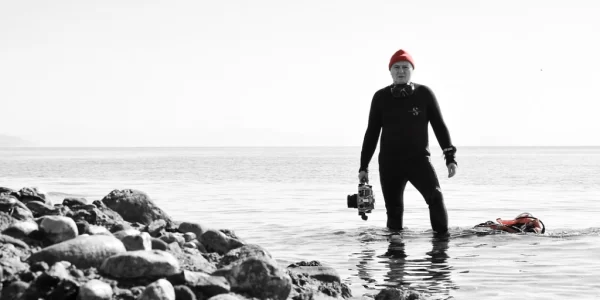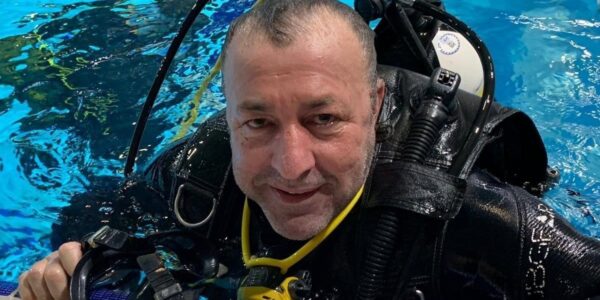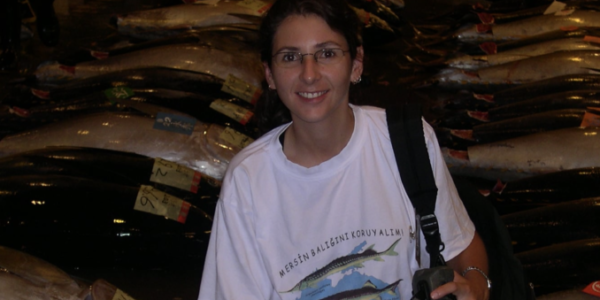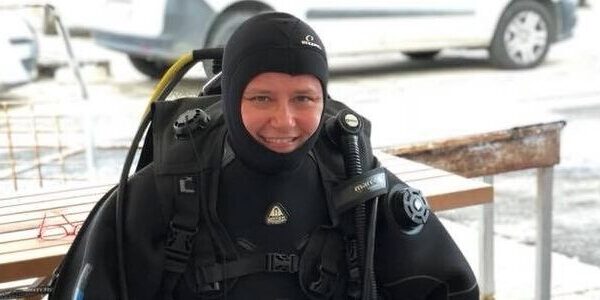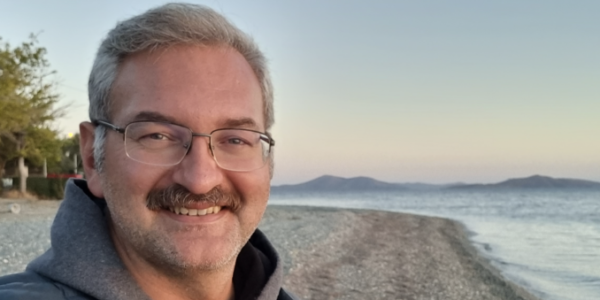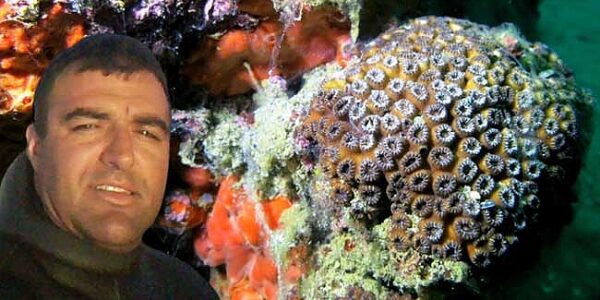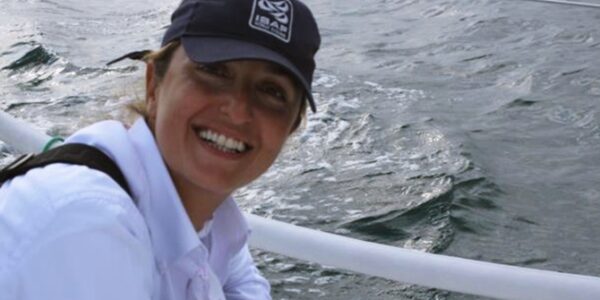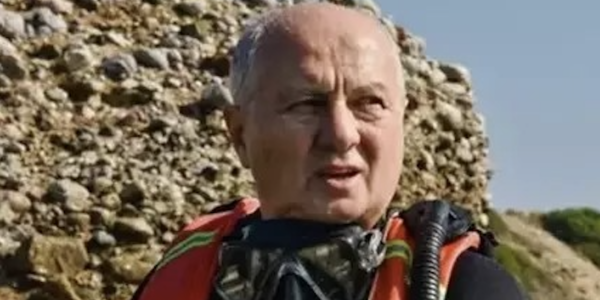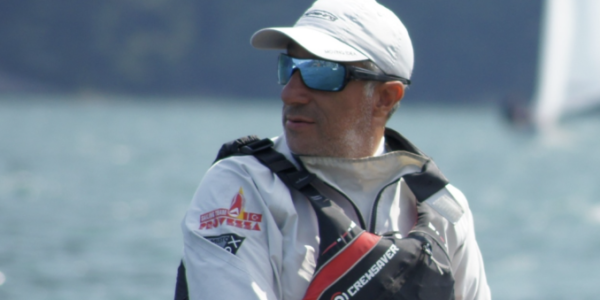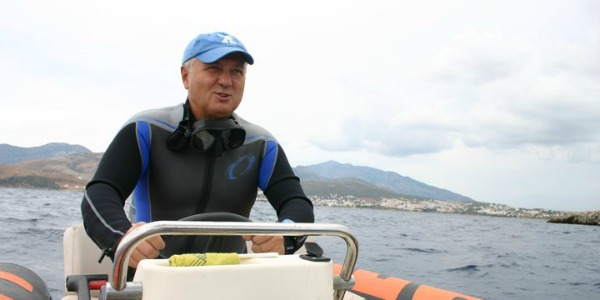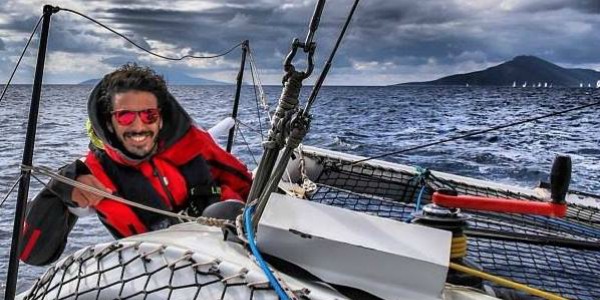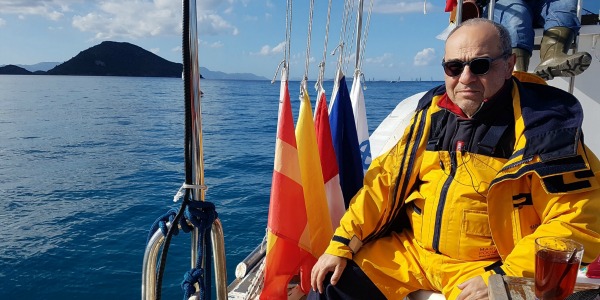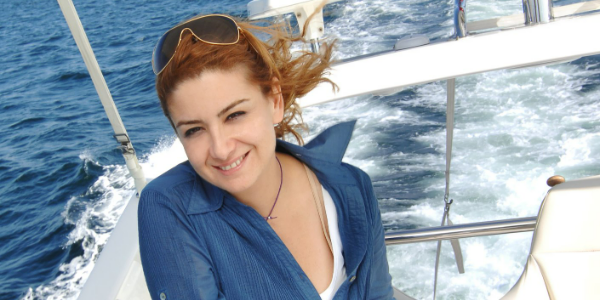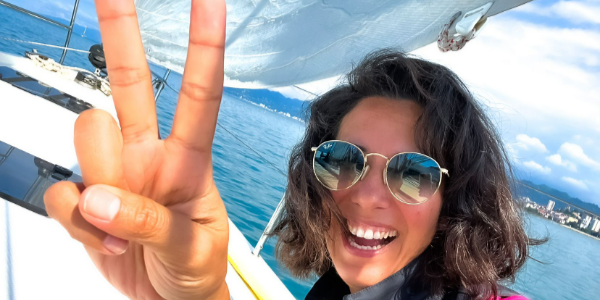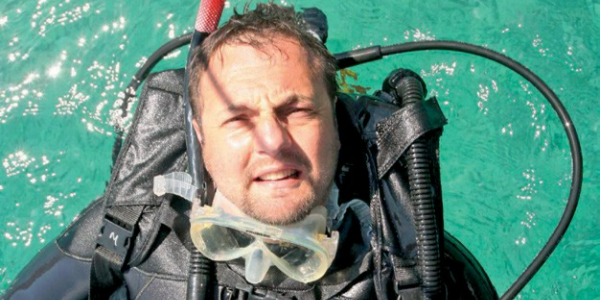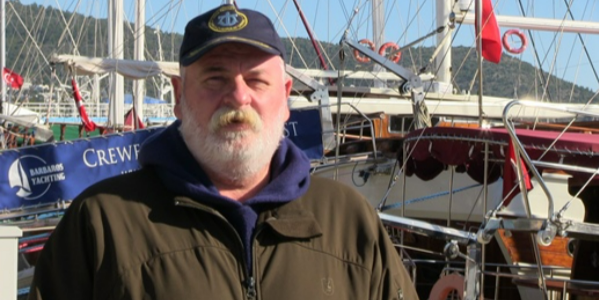By Erica Tennenhouse
PUBLISHED MARCH 1, 2018Around 6 a.m. one morning last December, an announcement came over the loudspeaker of a ship heading from Antarctica to South America: Everyone was to go up to the deck.
The ship’s 148 passengers—mostly tourists, but also naturalists and a videographer, all returning home from a trip to the southernmost continent—were greeted with an exceptionally rare sight: A pod of the elusive type D killer whale, or orca.
These odd-looking orcas have only been seen a handful of times in the last 70 years, and are so distinct from other orcas they may even qualify as their own species.
The 40-some dolphins breached all around the National Geographic Explorer vessel, treating viewers to an incredible spectacle. (Watch a video of orcas working together to kill a seal.)
“They were playing and seemed to be following our boat… they just kept popping up,” recalls Gregg Treinish, executive director of the Montana-based nonprofit Adventure Scientists and a National Geographic explorer who was a guest speaker on the Lindland expedition.
That was the scene from above. Meanwhile, a submerged camera caught the first-ever glimpse of these mysterious animals underwater. The footage captured the black-and-white creatures floating gracefully through the water, some moving in striking synchrony with one another.
The sighting was pure luck, says Treinish, noting that even an expedition designed specifically for the purpose would be unlikely to locate these dolphins. That’s because the animals tend to live in deeper waters far from land, in areas prone to rough winds and storms.
ODD ORCAS
Type D orcas were only identified in 1955, when a pod of peculiar-looking orcas were stranded on a beach in New Zealand. Their heads were more bulbous, their dorsal fins more sharply pointed, and their white eye patches much smaller than other members of their species.
Since then, sightings have been so scarce that even Robert Pitman, a marine ecologist for the National Oceanic and Atmospheric Administration’s Southwest Fisheries Science Center and a world expert on type Ds, has never seen one in person. (See the surpising reason orcas attacked a blue whale.)
Nonetheless, he has managed to map out their physical features by carefully studying photographs taken by seafarers. He says type D is the most distinctive looking of the four known types of orcas—A, B, C, and D—that dwell in Antarctic waters.
Not only is their appearance unique, but their genes are too. In 2013, Pitman was part of a group that obtained DNA from a museum skeleton in New Zealand. Those results suggested that Type D genes have diverged enough to make it a separate species—but more specimens are needed to confirm this finding.
MYSTERY SPECIES?
Encounters such as these provide much-needed information about where these dolphins live and their habits. “We know next to nothing about what they feed on, their longevity, their migrations, if any, or their social structure,” says Conor Ryan, a marine biologist and research associate for the R/V Song of the Whale Conor Ryan and a naturalist on the Lindblad expedition. (See 13 killer photos of orcas in the wild.)
For Pitman, the video also offers something that has been sorely lacking in photographs: “The first opportunity to see what the entire animal looks like.”
In this way, the footage served to confirm those features that set these orcas apart—big, round heads; tiny eye patches; and pointy dorsal fins—are the same regardless of whether you view them from above the water or below.
Meanwhile, Pitman is looking into organizing a voyage that could finally put him face to face with type D orcas, and provide more clues about their unresolved species status.
“If this is a new species,” he says, “it could very well be the largest undescribed animal left on the planet.”
Source: nationalgeographic


